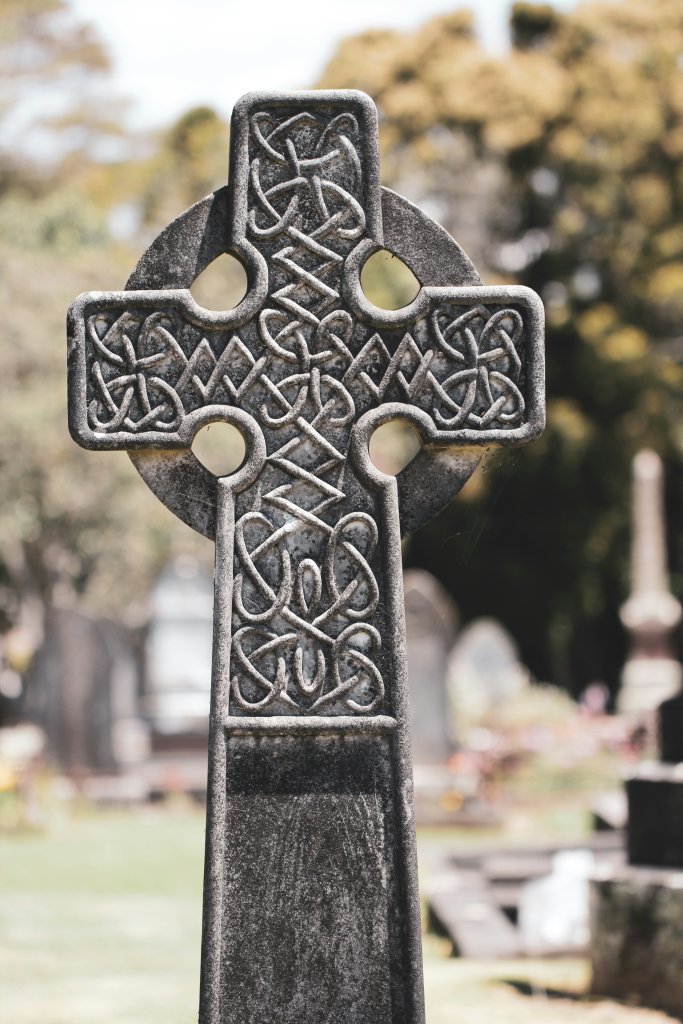March 17 is known to many as Saint Patrick’s Day. Both the Irish and the Irish-at-heart celebrate on this day. People sing Irish folk songs, dance a jig, drink green beer, and feast on corned beef and cabbage. There are Saint Patrick’s Day parades too. But who was Saint Patrick?
Patrick lived somewhere from 385 to 461 AD. These were turbulent times for the Roman Empire. With internal discord, external threats, and financial difficulties, its decline as the world superpower had begun. Christianity, however, despite persecution and its infancy as a religion, was flourishing.
Patrick was born in Britain, which then was part of the Roman Empire. His father was a senator. Although Patrick came from a Christian family, he had no interest in religion in his youth. When he was 16, he was kidnapped by Irish pirates and taken to Ireland, which then was barbarian pagan territory. There, he labored as a slave for six years. During this time, Christianity began to entice him. Patrick managed to escape and returned to his family in Britain. Back at home, his attraction to Christianity grew even more.
In his autobiography titled “Confessio” (“Confession” in English), Patrick wrote that he once had a dream in which an angel told him to return to Ireland as a missionary. So he trained to be a priest. He then went back to Ireland to minister to the small group of Christians living there and to share the Gospel with all the others.
To help draw people to the faith, Patrick used Irish symbols and customs in his teaching. For example, he superimposed a sun, a powerful Irish symbol, onto the Christian cross to form what is known as a Celtic cross.
Patrick taught about the Trinity by showing people a shamrock, a three-leafed plant. He used it to help illustrate the Christian teaching of one God having three individual persons: The Father, Jesus, and the Holy Spirit.
Legend has it that Patrick once visited an inn and scolded the innkeeper for being stingy with her guests. He told her a demon was living in her basement and feeding off her dishonesty. He said the only way for her to get rid of it was by mending her ways. Sometime later, Patrick returned to the inn. He found the innkeeper serving guests large cups of whiskey filled to the brim. He praised her generosity. He said that each year on the day of his death, in her honor, everyone should enjoy a drink of whiskey. Perhaps this tale is one reason why folks celebrate so heartily each year on March 17.
Bishop Celestine of Rome was leading the universal church at this time. He called on Patrick to be the bishop of Ireland. As a shepherd, Patrick was greatly loved. His flock knew him to be a holy man who was very close to God. When he died, they proclaimed him a saint.
There is a prayer attributed to Saint Patrick known as “Saint Patrick’s Breastplate.” A breastplate was a piece of armor a soldier wore for protection in combat. The prayer seems to be Patrick’s breastplate for his spiritual battle — and ultimate victory — over paganism in Ireland. Here are some lines from the prayer:
“For my armor, I put on –
God’s power to guide me,
God’s might to uphold me,
God’s wisdom to teach me,
God’s eye to watch over me,
God’s ear to hear me,
And God’s word to give me speech. …
Christ with me, Christ before me,
Christ behind me, Christ within me,
Christ above me, Christ beneath me,
Christ at my right, Christ at my left. …
May your salvation, O Lord, always be with us.
Amen.”
A whole lot more can be said about Saint Patrick, but let’s wrap up here. Happy Saint Patrick’s Day!







